Memory-driven computing becomes a reality with new HPE kit
The single-memory computer prototype features 160TB of memory to analyse vast amounts of data
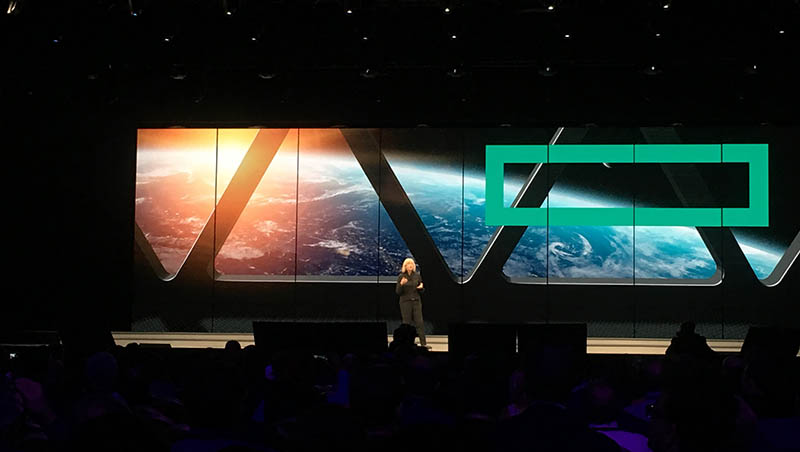

Hewlett Packard Enterprise (HPE) has taken memory-driven computing the next level with the launch of its single-memory computer prototype that integrates 160TB of memory to simultaneously process more data than has even been achieved before in a single memory system.
As part of HPE's The Machine project, which aims to make memory-driven computing a reality, the single memory computer concept has enough power to work with the data held in every book of the US Library of Congress five times over, the company claimed.
The computer comprises 160TB of shared memory, spread across 40 physical nodes, which are interconnected by an unspecified high-performance fabric protocol; a Linux-based operating system running on Cavium's flagship second generation dual socket capable ARMv8-8 system on a chip, ThunderX2; optical communications links, including the X1 photonics module; and unspecified software programming tools "designed to take advantage of abundant persistent memory".
"The secrets to the next great scientific breakthrough, industry-changing innovation, or life-altering technology hide in plain sight behind the mountains of data we create every day," said Meg Whitman, CEO of HPE. "To realise this promise, we can't rely on the technologies of the past, we need a computer built for the Big Data era."
HPE explained that although this is only a prototype, the architecture behind it could potentially do a whole lot more, with an exabyte-scale single-memory system possible in future. The stage after that would be to develop a system integrating 4,096 yottabytes of memory described by the company as an "almost limitless" resource pool.
HPE said memory-driven computing holds an array of benefits over processor-led computing because it doesn't rely on memory, storage and processors interacting, making it a much more efficient way of analysing huge amounts of data.
"We believe memory-driven computing is the solution to move the technology industry forward in a way that can enable advancements across all aspects of society," said Mark Potter, CTO at HPE and director of Hewlett Packard Labs. "The architecture we have unveiled can be applied to every computing category from intelligent edge devices to supercomputers."
Get the ITPro daily newsletter
Sign up today and you will receive a free copy of our Future Focus 2025 report - the leading guidance on AI, cybersecurity and other IT challenges as per 700+ senior executives

Clare is the founder of Blue Cactus Digital, a digital marketing company that helps ethical and sustainability-focused businesses grow their customer base.
Prior to becoming a marketer, Clare was a journalist, working at a range of mobile device-focused outlets including Know Your Mobile before moving into freelance life.
As a freelance writer, she drew on her expertise in mobility to write features and guides for ITPro, as well as regularly writing news stories on a wide range of topics.
-
 Global cybersecurity spending is set to rise 12% in 2025 – here are the industries ramping up investment
Global cybersecurity spending is set to rise 12% in 2025 – here are the industries ramping up investmentNews Global cybersecurity spending is expected to surge this year, fueled by escalating state-sponsored threats and the rise of generative AI, according to new analysis from IDC.
By Ross Kelly Published
-
 Google Cloud is leaning on all its strengths to support enterprise AI
Google Cloud is leaning on all its strengths to support enterprise AIAnalysis Google Cloud made a big statement at its annual conference last week, staking its claim as the go-to provider for enterprise AI adoption.
By Rory Bathgate Published
-
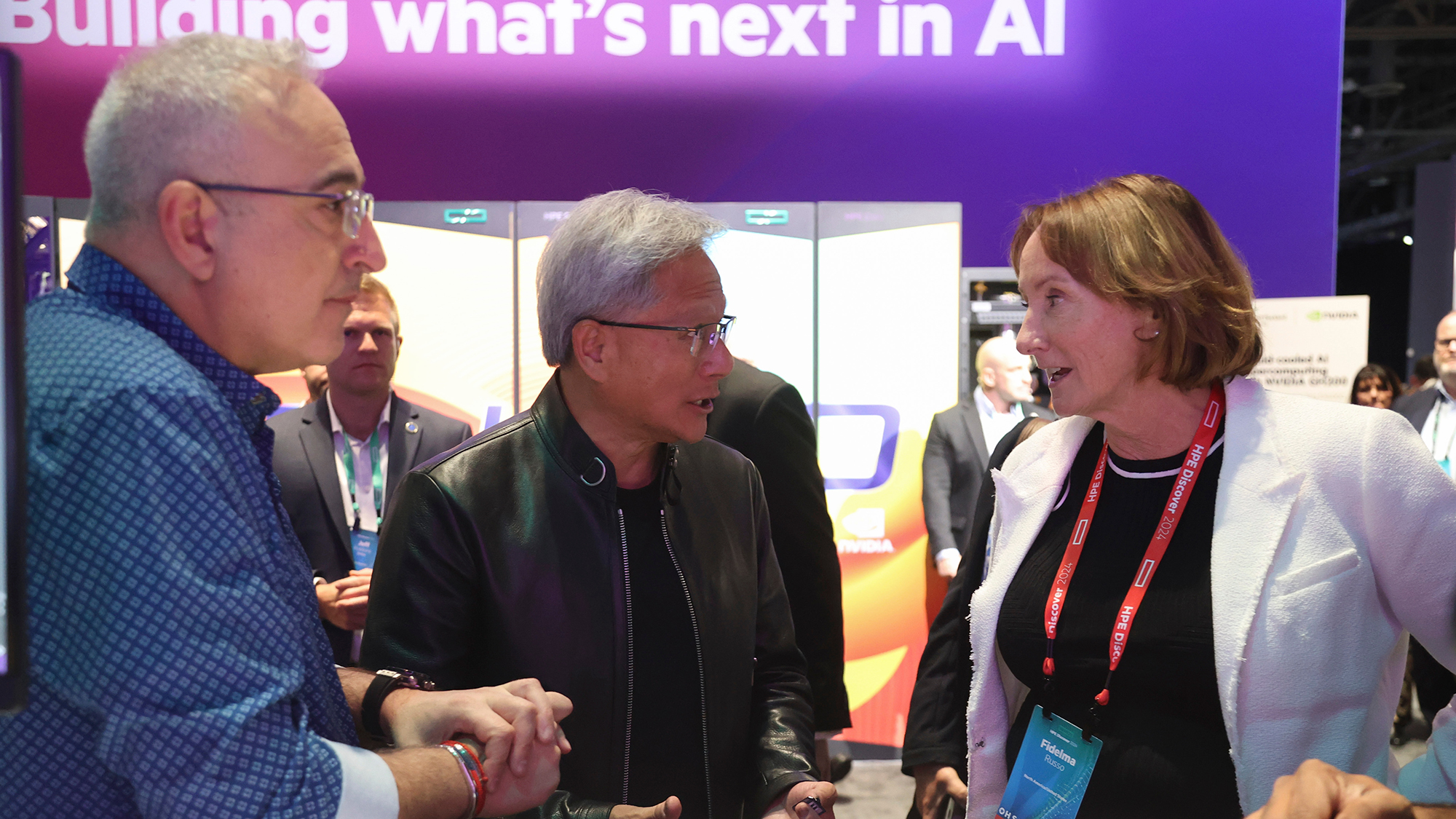 Who is Fidelma Russo?
Who is Fidelma Russo?Learn more about HPE's CTO and leader of GreenLake's success
By Nicole Kobie Published
-
 Steady progress and partner potential at HPE Discover Barcelona 2024
Steady progress and partner potential at HPE Discover Barcelona 2024Analysis With few product announcements, HPE's annual Europe event instead laid the groundwork for 2025
By Jane McCallion Published
-
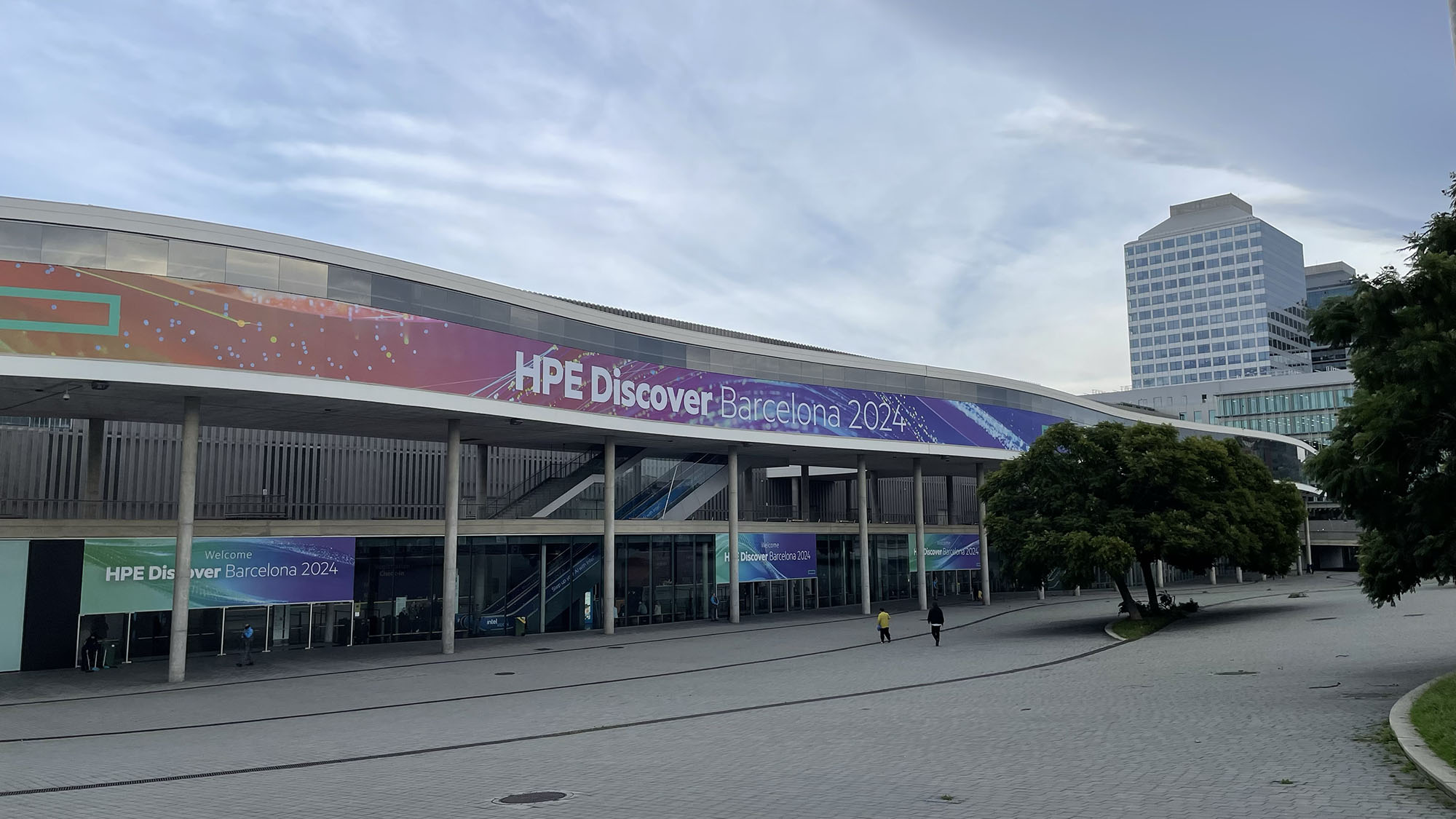 HPE launches exclusive sovereign cloud offering for the channel
HPE launches exclusive sovereign cloud offering for the channelPartners will need HPE Sovereignty competency before they can start selling
By Jane McCallion Published
-
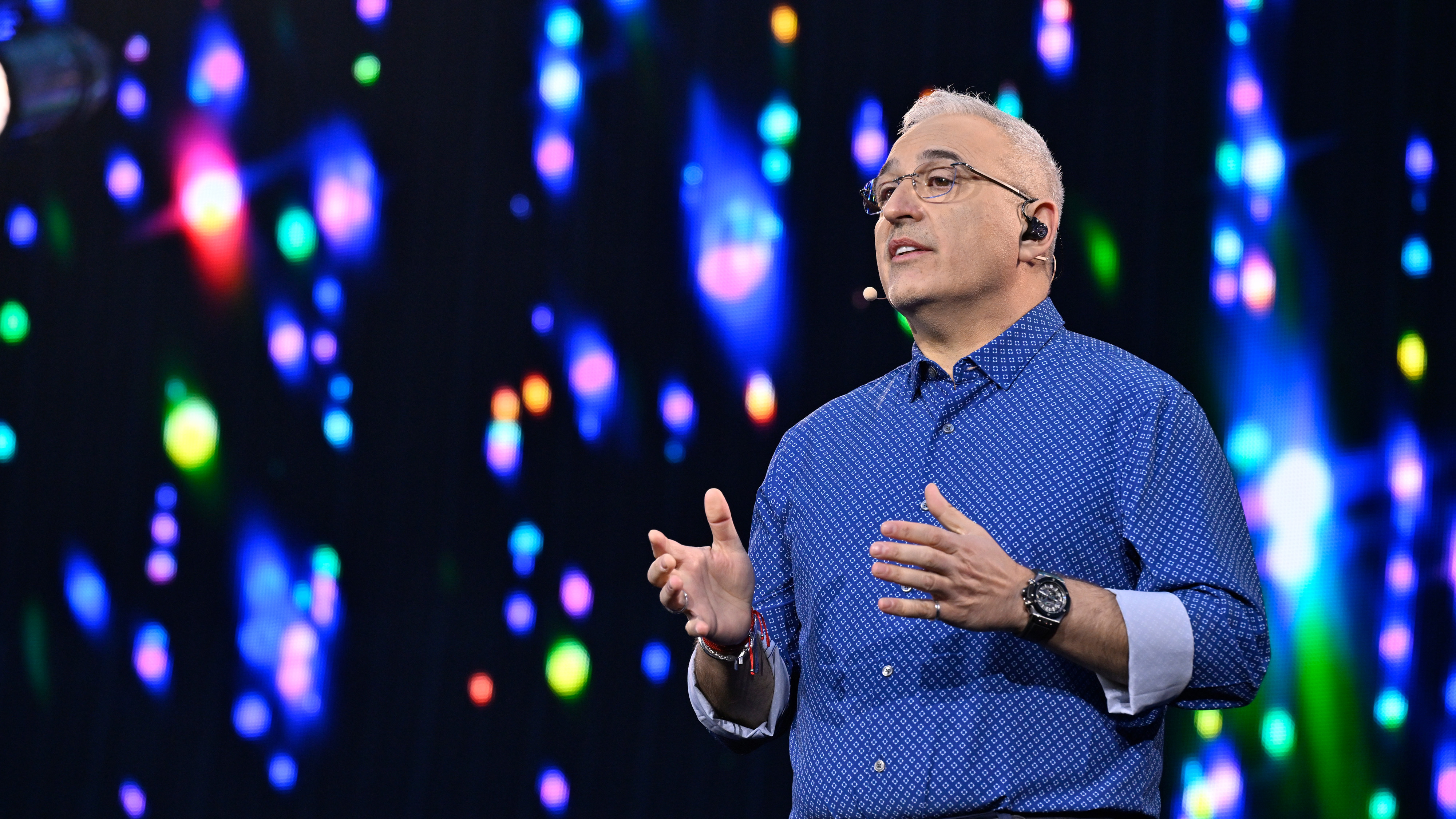 HPE Discover Barcelona 2024: All the news and updates live
HPE Discover Barcelona 2024: All the news and updates liveLive coverage of the keynote at HPE Discover Barcelona
By Jane McCallion Last updated
-
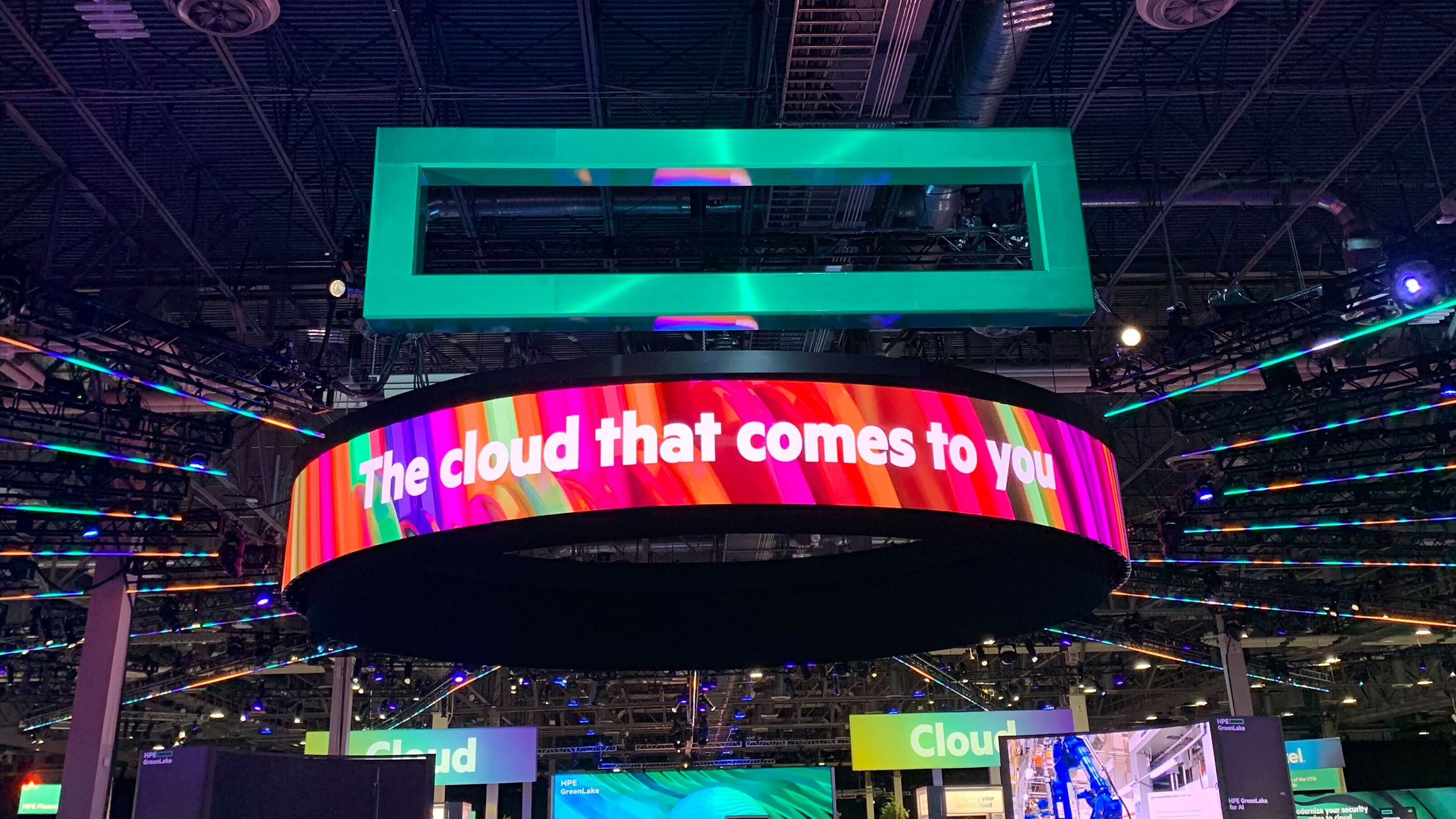 What to look out for at HPE Discover Barcelona 2024
What to look out for at HPE Discover Barcelona 2024Analysis Hewlett Packard Enterprise’s European conference opens on 20 November – here’s four announcements I expect to see
By Jane McCallion Published
-
 The power and the pain: Looking forward so you’re not held back
The power and the pain: Looking forward so you’re not held backAvoiding server modernization may seem like a cost-saving strategy, but the hidden risks of downtime, security breaches, and operational inefficiencies can quickly become far more costly…
By ITPro Published
-
 Modernization: Nothing to fear except failing to future-proof
Modernization: Nothing to fear except failing to future-proofAs businesses face mounting pressure to innovate while maintaining daily operations on tight budgets, modernization has become a necessity, not a luxury
By ITPro Published
-
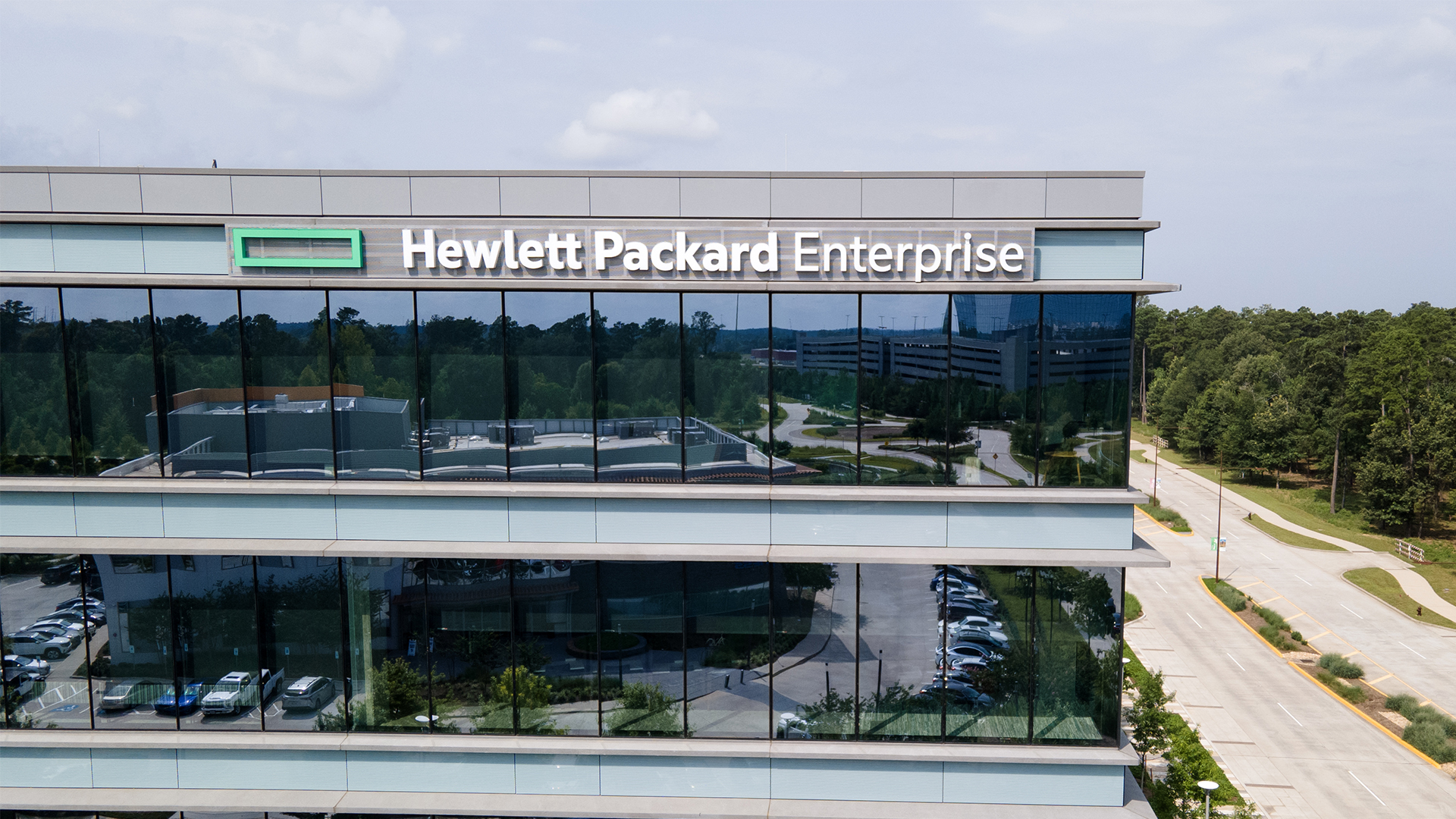 Plain sailing for HPE as Juniper Networks acquisition expected to breeze through antitrust probe
Plain sailing for HPE as Juniper Networks acquisition expected to breeze through antitrust probeNews The deal is expected to bolster HPE’s position in the highly competitive networking market
By George Fitzmaurice Published